Pet Poisoning: Symptoms & Actions
Symptoms:
- Vomiting or diarrhea
- Excessive drooling
- Unusual lethargy or weakness
- Seizures or tremors
Actions:
- Contact vet/poison hotline
- Gather ingestion info
- Do NOT induce vomiting (unless directed)
Every pet owner should be ready to handle emergencies. Knowing what to look for and how to respond can save your pet's life. Here’s what you’ll learn from this article.
Recognizing the signs of pet emergencies and knowing what to do can be critical for your pet's well-being. Below is a visual guide to key symptoms and immediate actions across common emergencies.
As a pet owner, it’s crucial to understand the common emergencies that can affect our furry friends. Recognizing the symptoms early can make all the difference between a successful recovery and a tragic outcome. Here at Best Vets Sydney, I often remind pet owners that being prepared can empower you to act confidently when it matters most!
From pet poisoning to injuries and respiratory issues, knowing the signs can save precious time. Let’s dive into some common pet emergencies and how to identify them effectively. For comprehensive guidance on various animal emergencies, the Merck Veterinary Manual provides detailed information on emergency care for dogs and cats.
Pet poisoning is a serious concern that can happen to any animal, often due to household items or food that are harmful. Being aware of the symptoms can help you act quickly. Here are some common symptoms to watch for:
If you notice any of these signs, it’s important to remain calm and take immediate action. Remember, a quick response can greatly increase your pet's chances of recovery!
In addition to the symptoms listed, other signs can include:
These symptoms can vary depending on the type of poison involved. It’s always best to keep a list of potential hazards in your home to minimize risks!
If you suspect your pet has ingested something toxic, take these steps:
These initial actions can be critical in ensuring your pet receives the appropriate treatment!
Injuries can happen in the blink of an eye, leaving pet owners scrambling for solutions. Knowing how to evaluate and clean wounds is essential. Here are some steps to consider:
First, assess the injury:
Once you've evaluated the injury, cleaning it properly is next. Use mild soap and water, and ensure the area is thoroughly dried afterward!
Here are some basic first aid techniques to keep in mind:
These simple steps can make a big difference while you arrange for veterinary assistance!
Some common types of wounds include:
Treat these by keeping the area clean, using antiseptic, and bandaging if necessary. Always consult your vet if you're unsure about the severity!
Respiratory issues can escalate quickly, making it vital to recognize the signs early. Common indicators include:
Watch for:
If you notice any of these symptoms, it’s essential to act fast. Your pet may be in distress and needs immediate care!
While waiting for professional help, you can stabilize your pet by:
Staying calm yourself can help your pet feel more secure during a scary time!
Sometimes, pets don’t show physical symptoms but still exhibit signs of distress. Understanding these can help you determine their emotional and physical state.
Look for changes in behavior such as:
These can often signal that your pet is in pain and needs attention!
Common signs of pain that pet owners should watch for include:
Being aware of these indicators can help you reach out for help when your pet needs it most!
Did you know? Keeping a digital copy of your pet's medical history and emergency contacts on your phone can save precious time during an emergency. Ensure you have quick access to your vet's number, local emergency clinics, and a list of any medications your pet is currently taking. This preparation can streamline the process and enhance your pet's chances of prompt and effective care!
Common symptoms of pet poisoning include vomiting or diarrhea, excessive drooling, unusual lethargy or weakness, and seizures or tremors. Other signs can include loss of appetite, abdominal pain, and changes in heart rate or breathing.
If you suspect pet poisoning, immediately contact your veterinarian or an emergency animal poison control hotline. Gather information about the ingested substance (what it was, how much, and when it was ingested). Do NOT induce vomiting unless specifically directed to do so by a professional.
For injuries, first assess for bleeding and apply gentle pressure with a clean cloth. Look for signs of infection like redness or swelling. Clean the wound with mild soap and water, apply a clean bandage, keep your pet calm, and monitor the wound while arranging for veterinary assistance if needed.
Key indicators of breathing problems in pets include labored or rapid breathing, coughing or wheezing, and blue-tinged gums or tongue. If you notice these signs, your pet needs immediate veterinary attention.
Pets in pain may exhibit behavioral changes such as increased aggression or irritability, hiding or withdrawal, and changes in eating or drinking habits. Physical signs can include vocalization (whining, yelping), difficulty moving or limping, and panting or rapid breathing.
Having an emergency plan, including knowing your nearest vet and maintaining a well-stocked first aid kit, is crucial because it allows you to act calmly and quickly when every second counts. This preparedness can significantly improve your pet's chances of recovery in an emergency situation.
It's crucial to be prepared for pet emergencies, as being proactive can make a real difference when every second counts! Whether you're a seasoned pet owner or new to the journey, having a solid plan in place can help ensure your furry friend stays safe and healthy.
Here are a few essential tips that I believe every pet owner should keep in mind:
When it comes to emergencies, preparation is key. At Best Vets Sydney, we advocate for every pet owner to equip themselves with the knowledge and resources necessary to handle unexpected situations. Having an emergency plan not only provides peace of mind but also helps you react calmly when time is of the essence!
Think about establishing a routine that includes:
Taking swift action during a pet emergency can be the difference between life and death. I can’t stress enough how vital it is to recognize the signs and act quickly! For instance, if you suspect your pet has ingested something toxic, getting them to the vet immediately is crucial. For a list of specific emergencies that demand immediate veterinary consultation, refer to the AVMA's guide on 13 Animal Emergencies.
Here’s a quick reminder of steps you can take during an emergency:
Being part of a supportive pet community can be incredibly beneficial, especially when navigating the challenges of pet care! There are countless avenues through which you can share experiences, seek advice, and gain valuable knowledge about managing emergencies.
Engaging in discussions helps you learn from others who have faced similar situations. You might find new insights and tips that could help you and your pet in the future!
Don't underestimate the power of community. By sharing your own experiences with pet emergencies, you can help others feel less alone in their struggles. Plus, discussing challenges can lead to valuable advice and innovative solutions!
In today's world, resources are abundant. Taking advantage of various tools can ensure you're well-prepared for any situation. For example, I frequently recommend the ASPCA for their comprehensive resources on pet emergency preparedness.
The ASPCA offers a wealth of information, including:
By leveraging these resources, you can feel more confident in your ability to manage any crisis that arises. Remember, being prepared today can lead to a brighter tomorrow for you and your beloved pets!
Here is a quick recap of the important points discussed in the article:
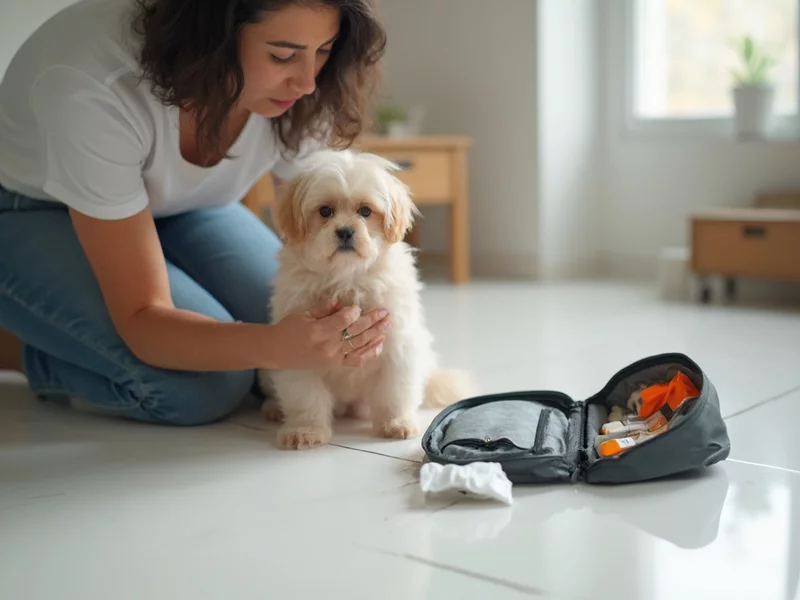
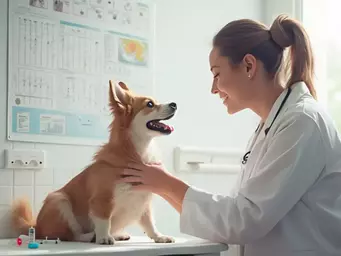 Understanding the Importance of Puppy Care
As a new puppy parent, ensuring your furry friend receiv
Understanding the Importance of Puppy Care
As a new puppy parent, ensuring your furry friend receiv
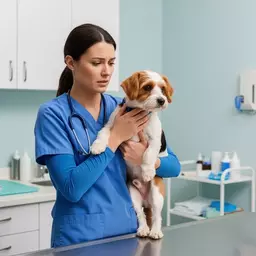 As pet owners, understanding the financial implications of emergency vet visits is crucial for ensur
As pet owners, understanding the financial implications of emergency vet visits is crucial for ensur
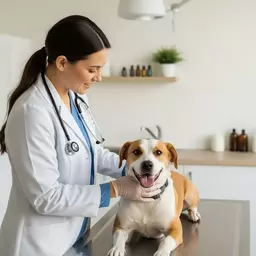 The journey towards a healthier pet can start with a simple question: Are you ready to consider a ho
The journey towards a healthier pet can start with a simple question: Are you ready to consider a ho
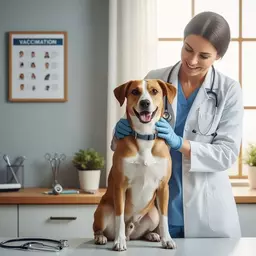 ##
Have you ever considered the significant impact that vaccinations have not just on your dog, but
##
Have you ever considered the significant impact that vaccinations have not just on your dog, but